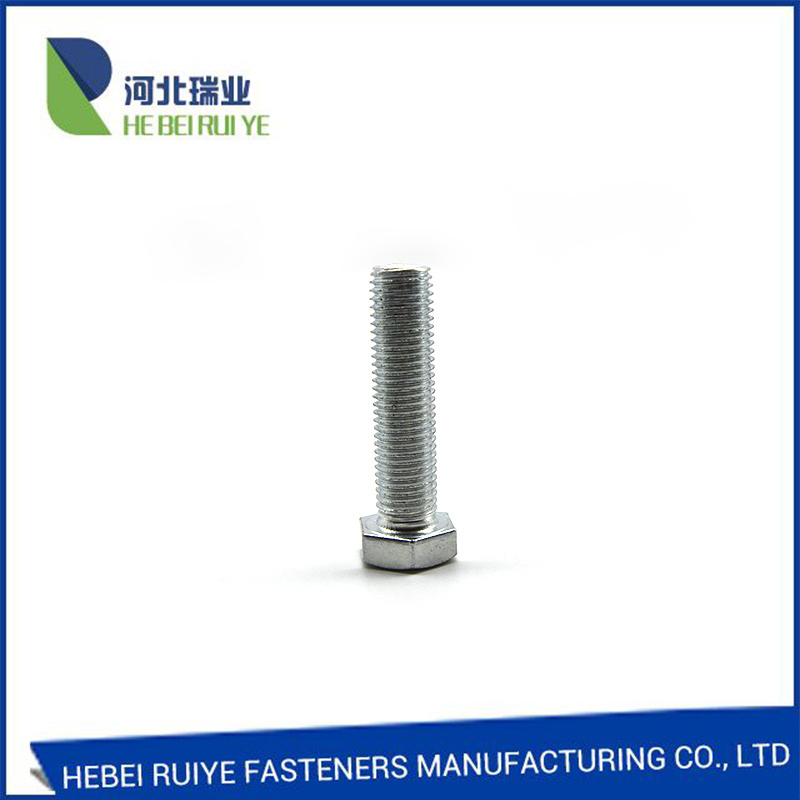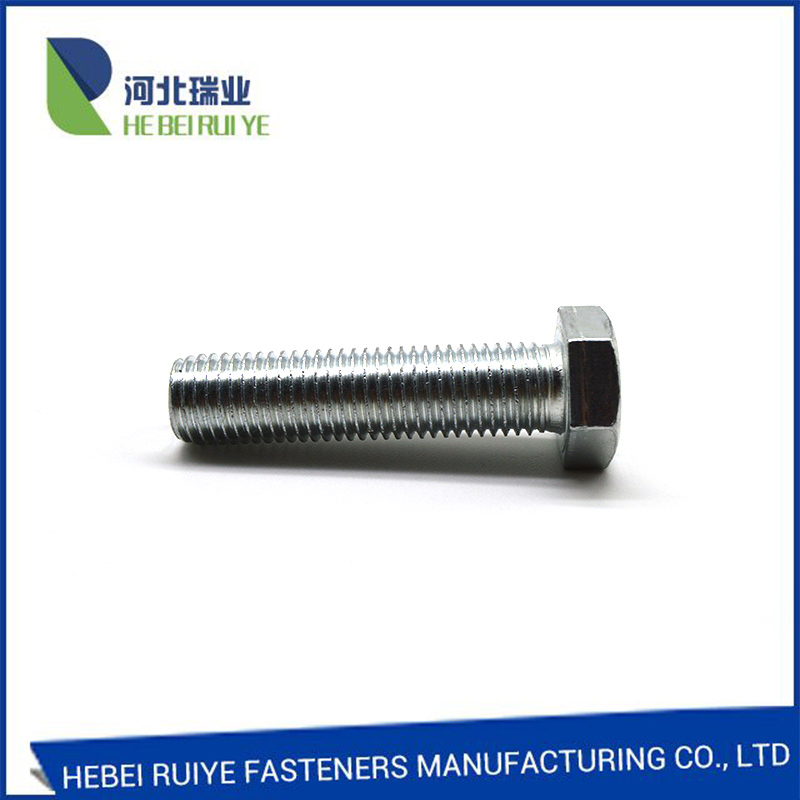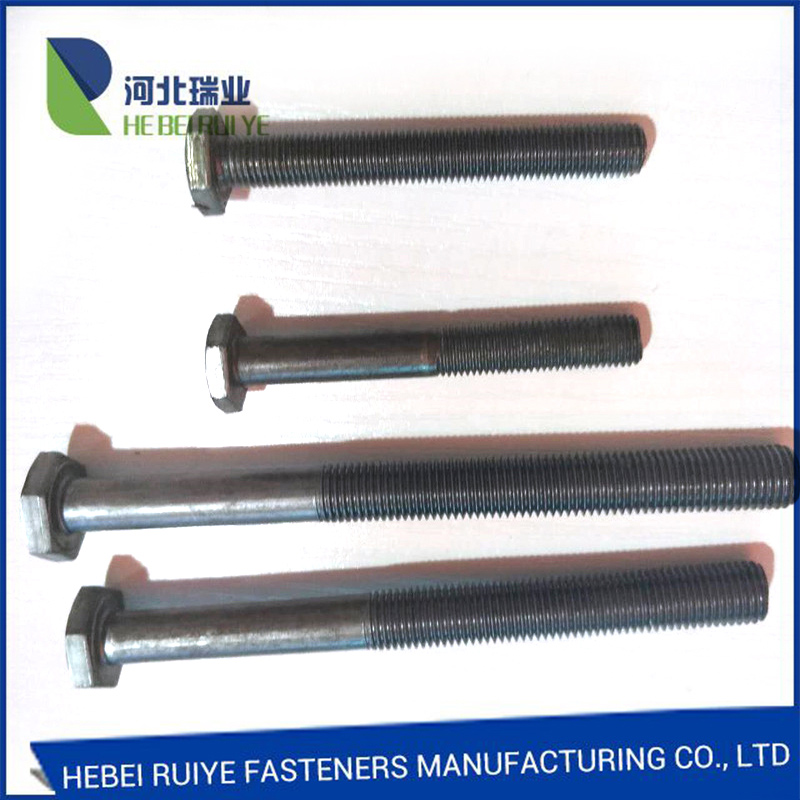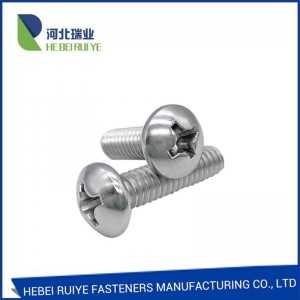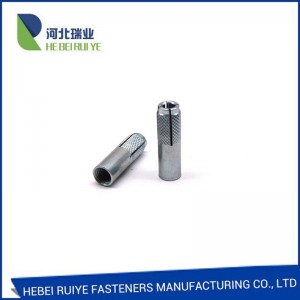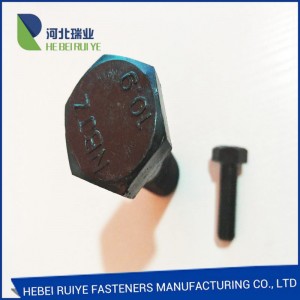High Quality Good quality hexagon head din 933 carbon steel heavy structural hex bolts galvanized price bolt and nut
We can constantly satisfy our respected customers with our good high quality, good price tag and good support due to we have been additional specialist and extra hard-working and do it in cost-effective way for High Quality Good quality hexagon head din 933 carbon steel heavy structural hex bolts galvanized price bolt and nut, We warmly welcome clients from all around the world for almost any sort of cooperation with us to build a mutual advantage potential. We've been devoting ourselves wholeheartedly to supply consumers the very best company.
We can constantly satisfy our respected customers with our good high quality, good price tag and good support due to we have been additional specialist and extra hard-working and do it in cost-effective way for Galvanized Hex Bolt, To make every client satisfied with us and achieve win-win success, we will continue to try our best to serve and satisfy you! Sincerely looking forward to cooperating with more overseas customers based on mutual benefits and great future business. Thank you.

Steel Hex Head Bolt
Product Description
DIN933 is a German standard bolt with specifications from M1.6 to M52 and a length from 2mm to 200mm.
Bolts: mechanical parts, cylindrical threaded fasteners with nuts. A type of fastener consisting of a head and a screw (a cylinder with external threads), which need to cooperate with a nut to fasten and connect two parts with through holes. This type of connection is called a bolted connection. If the nut is unscrewed from the bolt, the two parts can be separated again, so the bolt connection is a detachable connection.
Difference between screws, bolts and nuts
Bolts, nuts, and screws are fasteners. Bolts and nuts can be used together, and screws can be used alone. The difference between a bolt and a stud is that there is a polygon that can be twisted at one end of the bolt, and the stud is only sleeved with external threads on the cylindrical part.
Screw is an incorrect name. It is the general name of non-professionals for threaded parts. There is no such name in the industry.
In the fastener industry, in fact, there is no strict distinction between screws and bolts. However, there are two ways within the industry to distinguish between screws and bolts:
1. Divided according to the screwing structure. The so-called wrench structure refers to the place where the wrench is placed on the screw / bolt, that is, in some systems, the externally threaded rod-shaped parts of the external wrench structure are collectively referred to as bolts, otherwise, the The inner wrench structure is called a screw.
Outer wrench structure: Hex head bolt; Inner wrench structure: Hex bolt, etc. The obvious example of this is the fasteners in Chinese national standards, such as GB5782, GB5783 (one half thread, one full thread) . Because they are all hexagonal structures, they are all called bolts in the standard name.
2. Differentiate according to whether the product has non-threaded rod features.
This is also a widely used classification method, which generally distinguishes bolts and screws in this way. That is: if the product's stems except the head are all threaded, such parts are called screws. Conversely, if it has characteristics such as a polished rod in addition to the thread, it is called a bolt.
3. Screw is a more general term.
The exact words should be bolts, screws, and screw caps.
Product Display
